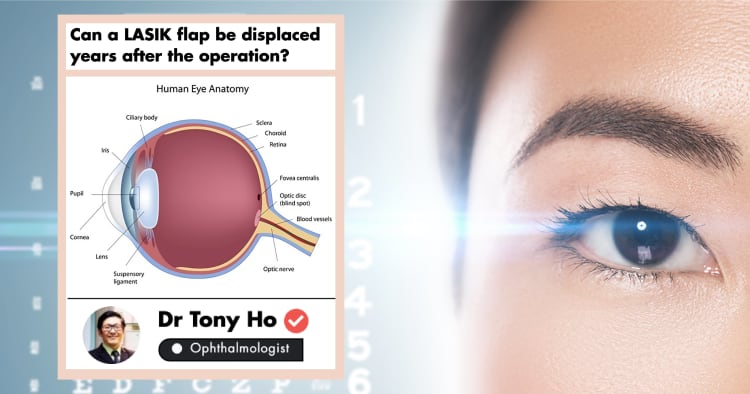Hi Mitch
The risk of a person getting corneal ectasia, in general, is very low after LASIK. A prospective study of almost 38000 patients (https://www.ncbi.nlm.nih.gov/pubmed/20153899) at the Singapore National Eye Centre found 8 cases of this complication out of all the cases done.
There are some factors which may somewhat increase the risk of ectasia slightly but where it is still generally considered safe to have laser refractive surgery done.
1. These include high spectacle degrees (eg 700 degrees and above, but with enough corneal thickness). In these cases, 'LASIK Xtra' or LASIK with simultaneous crosslinking is often offered. Many doctors would avoid epiLASIK in these patients with high spectacle degrees because there is a higher risk of post-operative haze or scarring.
2. Some other patients may have somewhat thin corneas (but no other signs of keratoconus or corneal weakness), and relatively low spectacle degrees. If the calculated residual corneal thickness is somewhat thin (eg less than 300-350 microns), and the spectacle degree is not too high, then epiLASIK would be a viable option to potentially give a stronger eye than any other laser refractive surgery.
It is important to bear in mind that doctors would not offer any laser refractive surgery in the first place, if they really thought a patient had a high chance of getting ectasia. These would be patients who show signs of corneal weakness, or what is called Forme Fruste Keratoconus.
In your case, if your doctor offered you both epiLASIK and LASIK, then both should be fine.
If you are very worried about the risk of corneal ectasia regardless of what the doctor says (ie your priority is to minimise the risk of ectasia as much as possible regardless of healing time and post-op comfort), then yes, epiLASIK would give you a theoretically stronger cornea with a theoretically lower risk of ectasia as compared with LASIK.
On the other hand, if you regard fast recovery and minimal pain as strong priorities and are still considering LASIK, you can consider seeing another doctor for another opinion. The most important factors are the shape and thickness of your cornea, and your spectacle power. Whichever doctor you seek a definitive opinion from needs to have these details as well as examine your eyes first, and then discuss your concerns and the various options.




